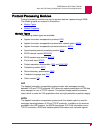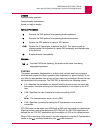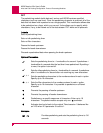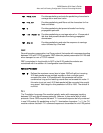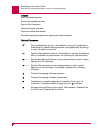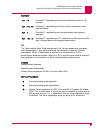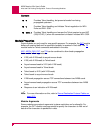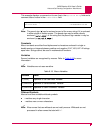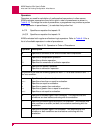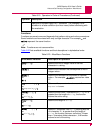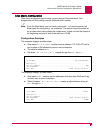
AI296 Version 9.8x User’s Guide
Alias and Call Routing Configuration: Protocol Processing Modules
8-36
Examples
Module Properties
Some modules are only used for one specific purpose. For example, the PKT module
buffers all received data until a specified character is received in that data. The TN
module looks for Telnet commands embedded in the data.
AEP
, AEPN, PAD, PKT, and TN can be combined to allow break propagation
between the following protocols:
z X.25 (with X.29 break) to asynchronous break
z X.25 (with X.29 break) to Telnet break
z Asynchronous break to X.25 (with X.29 break)
z Asynchronous break to Telnet break
z Telnet break to X.25 (with X.29 break)
z Telnet break to asynchronous break
z X.29 break propagation across TCP connections between two AI296 cards
z Asynchronous break propagation across TCP connections between two AI296
cards
z Response to an indication of X.29 break.
Note: For more information on this, refer to Source/Destination Protocol Tables on
page 8-12.
Module Arguments
Some modules use protocol arguments to place restrictions on functionality. For
example, the PKT module uses arguments to specify the characters to filter out of
data and the characters to packetize in data.
TN -U
Provides Telnet handling, but prevents breaks from being
propagated upstream.
TN -E
Provides Telnet handling and initiates Telnet negotiation for WILL
Echo and WILL SGA.
TN -E255,1
Provides Telnet handling and causes the Telnet session to send IAC
(255) ECHO (1) when the connection is initiated. Initiates WILL SGA.




